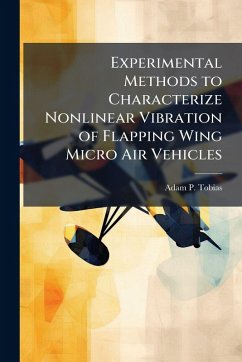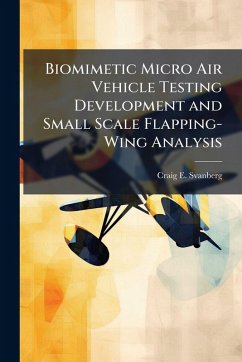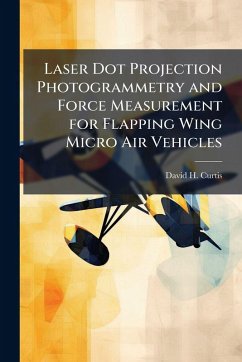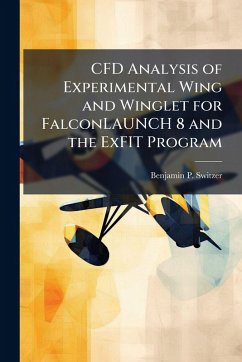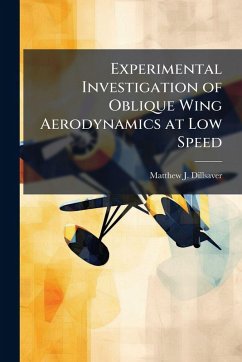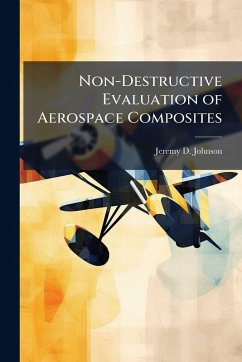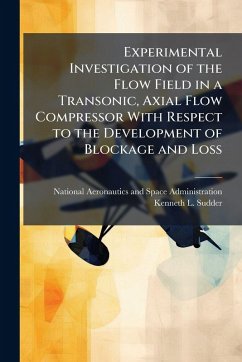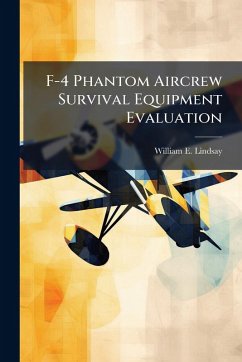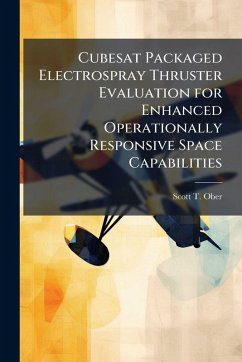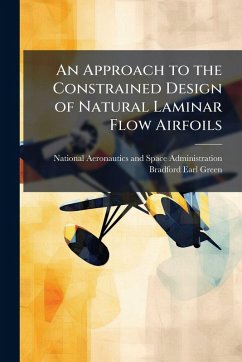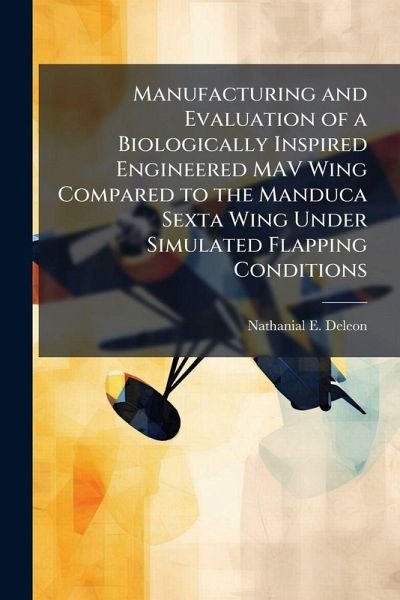
Manufacturing and Evaluation of a Biologically Inspired Engineered MAV Wing Compared to the Manduca Sexta Wing Under Simulated Flapping Conditions

PAYBACK Punkte
11 °P sammeln!
In recent years, researchers have expressed a vested interest in the concepts surrounding flapping wing micro air vehicles(FWMAVs) that are capable of both range and complex maneuvering. Most research in this arena has found itself concentrated on topics such as flapping dynamics and the associated fluid-structure interactions inherent in the motion, however there still remains myriad questions concerning the structural qualities intrinsic to the wings themselves. Using nature as the template for design, FWMAV wings were constructed using carbon fiber and Kapton and tested under simplifled fla...
In recent years, researchers have expressed a vested interest in the concepts surrounding flapping wing micro air vehicles(FWMAVs) that are capable of both range and complex maneuvering. Most research in this arena has found itself concentrated on topics such as flapping dynamics and the associated fluid-structure interactions inherent in the motion, however there still remains myriad questions concerning the structural qualities intrinsic to the wings themselves. Using nature as the template for design, FWMAV wings were constructed using carbon fiber and Kapton and tested under simplifled flapping conditions by analyzing `frozen' digital images of the deformed wing by methods of photogrammetry.This flapping motion was achieved via the design and construction of a flapper that emulates several of the kinematic features that can be seen in naturally occurring flyers. The response to this motion was then compared to the inspiring specimen's wings, the North American Hawkmoth (Manduca Sexta), under the same flapping conditions in order to identify some of the key features that nature has deemed necessary for successful flight. This work has been selected by scholars as being culturally important, and is part of the knowledge base of civilization as we know it. This work was reproduced from the original artifact, and remains as true to the original work as possible. Therefore, you will see the original copyright references, library stamps (as most of these works have been housed in our most important libraries around the world), and other notations in the work. This work is in the public domain in the United States of America, and possibly other nations. Within the United States, you may freely copy and distribute this work, as no entity (individual or corporate) has a copyright on the body of the work. As a reproduction of a historical artifact, this work may contain missing or blurred pages, poor pictures, errant marks, etc. Scholars believe, and we concur, that this work is important enough to be preserved, reproduced, and made generally available to the public. We appreciate your support of the preservation process, and thank you for being an important part of keeping this knowledge alive and relevant.



